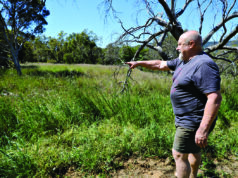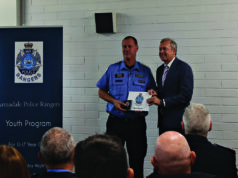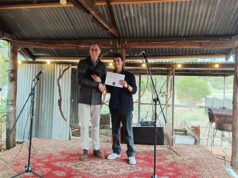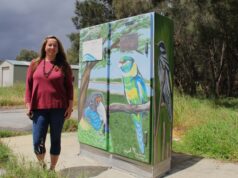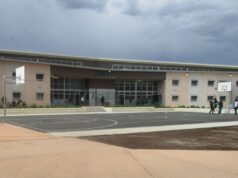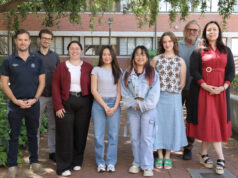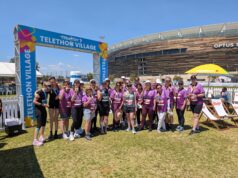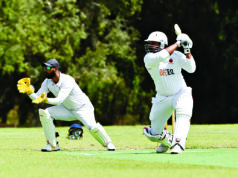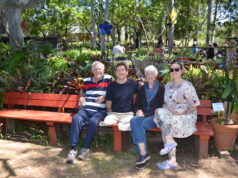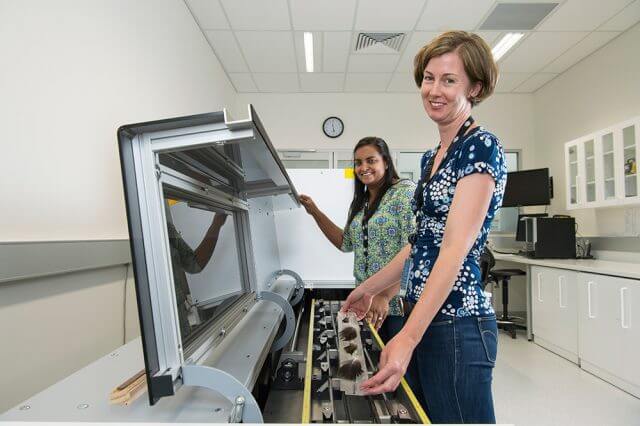
Canning residents have been asked to put on their gumboots and lab coats and hunt for native waterbird feathers in Perth wetlands as part of a new nationwide citizen scientist project.
The Australian Nuclear Science and Technology Organisation and the University of NSW have called for the public’s help to gather feathers from wetlands in an effort to find out bird health and migratory patterns.
Wetlands are habitats critical for waterbirds but are under threat from reduced river flows and flooding, drought, climate change and land use changes.
Researchers will create the first ever ‘feather map of Australia’ to show the health of wetland birds nationally.
Each feather will be analysed using nuclear techniques to understand the diet and environmental conditions that grew the feather.
ANSTO and UNSW environmental researcher and waterbird expert Kate Brandis said each bird feather is like a memory chip of where that bird has been.
She said for example a feather found in a wetland in NSW, once analysed using nuclear techniques, could reveal the bird had been living in the Northern Territory.
Dr Brandis said scientists would compare feathers from diverse parts of Australia to identify differences and create a map to understand more about these ecosystems.
“There are some big questions about waterbirds, which we are seeking to answer,” she said.
“Colonies of birds come together in their thousands on flooded inland water systems to breed, then they disappear into much smaller groups and you might not see them for years.
“We would like to determine where they go and where they come from, to find out which wetlands are really important for certain species.”

All WA wetlands including those around the Canning and Swan rivers were of particular interest to researchers.
Dr Brandis said they were primarily interested in inland wetlands where birds such as colonial straw-necked and glossy ibis could be found.
Dr Brandis said everyone could take part, from school groups to birdwatchers.
Budding citizen scientists were reminded to only collect feathers found on the ground and wash their hands thoroughly after touching them.
They are also asked to take notes of any birds they recognised and encouraged to share any photographs they take with the social media Instagram page @feathermapau.
How to send
Place the feathers in an envelope with date of collection, location (preferably GPS coordinates), list of the birds identified plus your name and address.
Keep each feather separate and tag it.
Send to Feather Map of Australia Project, PO Box 384, Wembley, WA, 6913.


